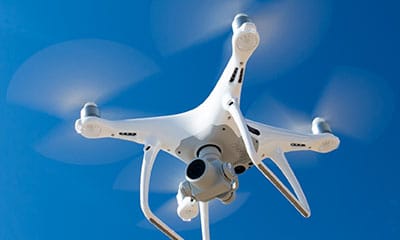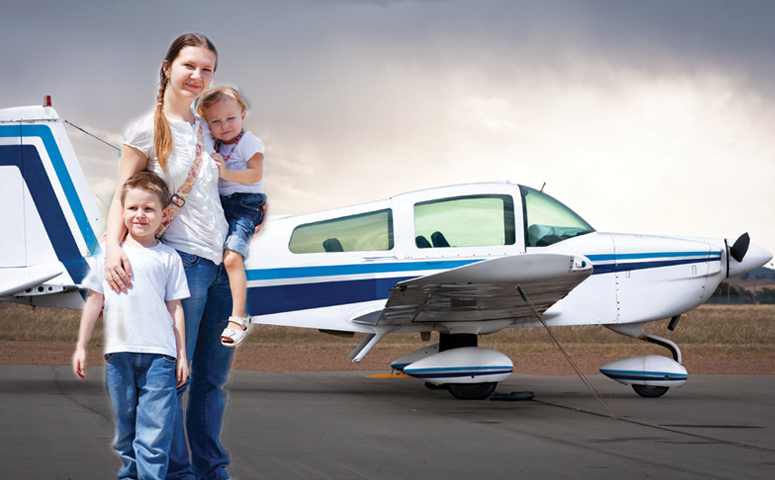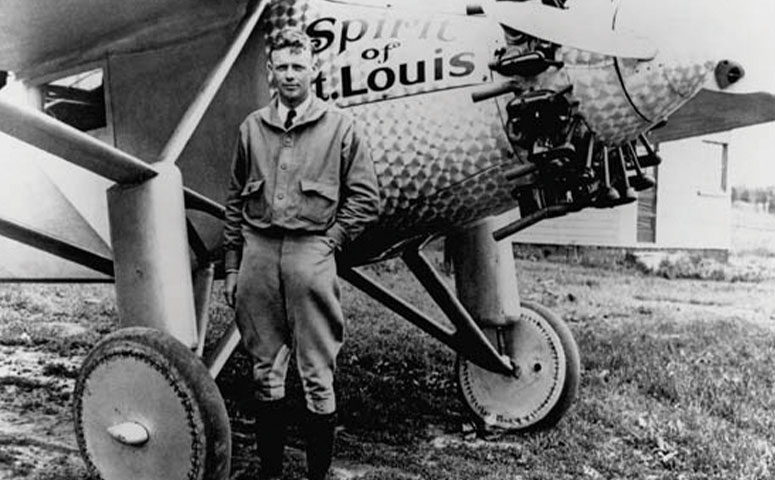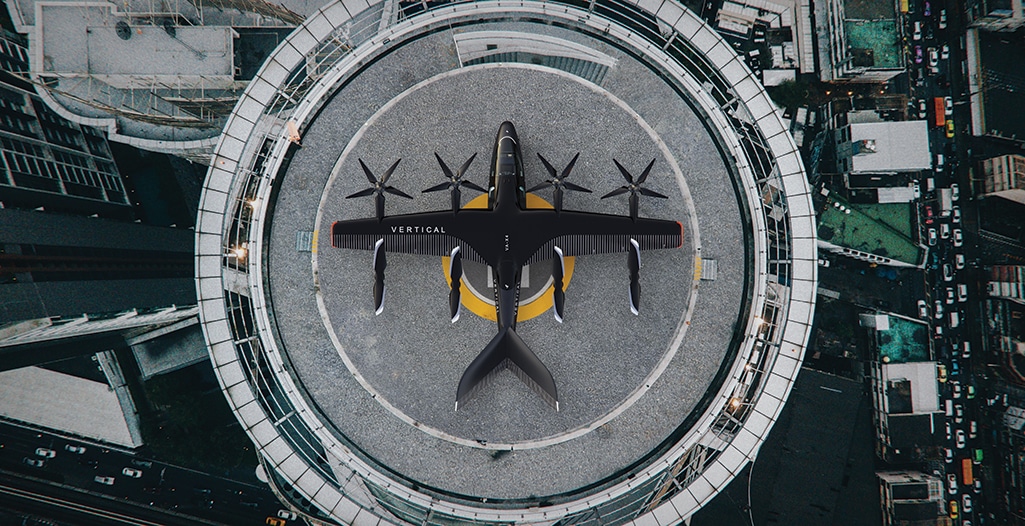Aviation Insurance Guide: A Resource for Owners and Pilots
Aviation insurance is a product that is absolutely crucial to aircraft owners and pilots, but may be confusing. Ensuring that you have the right insurance requires that you understand the types of risk that should be covered (or must be covered by law) and what is covered by the policy or policies you are considering.
Making your selection and subsequently using your insurance to respond to a covered loss also requires that you understand how to submit a claim and what to expect during the process of resolving it. And, of course, you should never sign on the dotted line until you are confident that the company you are working with has the background and the resources necessary to support you if an incident occurs.
Actionable Insights from Aviation Insurance Experts
As a pioneer and leader in aviation insurance, we employ some of the most knowledgeable and experienced insurance professionals in the industry. To share their expertise with our clients and other visitors to the Global Aerospace website, we regularly ask our experts to author informative articles on topics of interest to owners and pilots.
Taken individually, these articles are packed with insights that stakeholders can put to good use. Collectively, the articles can be leveraged as a valuable, comprehensive resource — an Aviation Insurance Guide of sorts. That’s why we created it… to help readers be better informed and ready to make important insurance decisions.
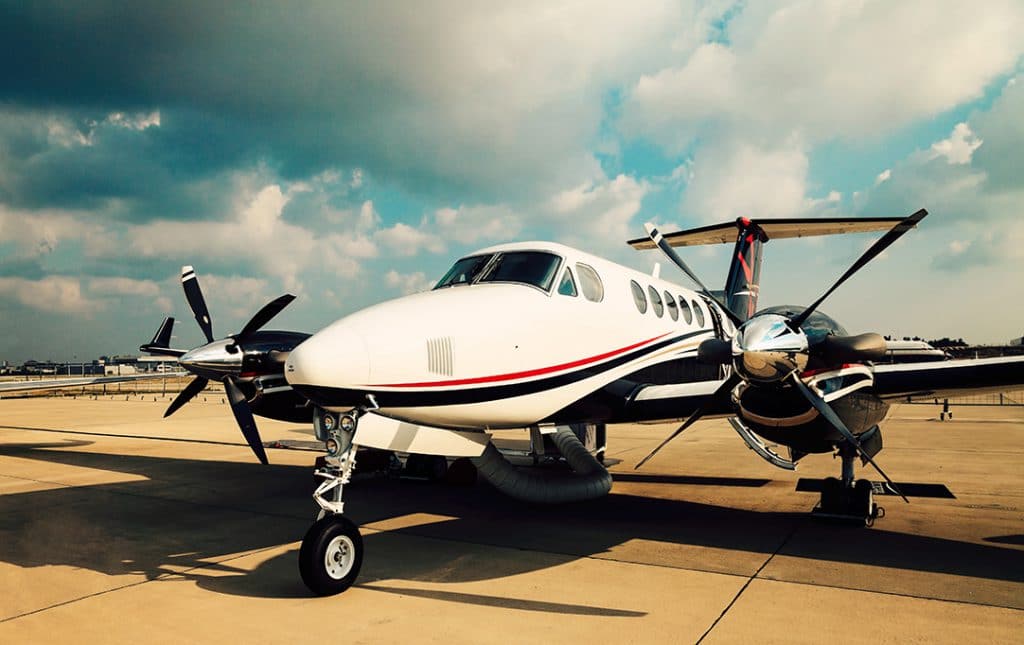
8 Articles Every Aircraft Owner and Pilot Should Read
This Aviation Insurance Guide provides helpful information on a wide range of topics. The articles answer many of the questions we get from owners and pilots. If reading them brings up additional questions, please contact us at your convenience. Our aviation insurance specialists are happy to assist you.
What Aircraft Owners Need to Know About Aviation Insurance
No one who owns or operates aircraft wants to suffer an incident that could be covered by aviation insurance only to find out that their policy doesn’t cover it. You don’t have to be an aviation insurance expert to properly protect your valuable assets. But, having a solid foundation in the key concepts to discuss with your insurer and the terminology that is used in the industry can be very helpful. Read the article to learn more.
What Happens if My Aircraft is Involved in an Accident?
This is something every owner or pilot has probably wondered about. What can trigger a claim? How does the physical damage claims process work? Are there steps I can take to make a claim go more smoothly? Continue reading for answers to these excellent questions.
Non-Owned Aircraft Insurance: What Pilots Need to Understand About This Critical Coverage
It is important to know that when you borrow or rent an aircraft, the owner’s insurance policy may not adequately protect you if you are involved in an incident that damages the plane, injures someone, or causes property damage. Non-owned aircraft insurance, also known as aircraft renters insurance, is a product that all pilots should become familiar with. Learn more about it by reading the article.
What You Need to Know About Experimental Aircraft Insurance
Taking flight in an experimental amateur-built (EAB) aircraft can be exhilarating. However, it is critically important that you have the right kind of coverage not only when the aircraft is operational, but as soon as you start acquiring the often-expensive components you will use to build it. Read the article to find out what is covered by experimental aircraft insurance and how the policy evolves as the project moves from building to “fly off” test flights to full flight.
What You Need to Know About Seaplane Insurance
Roughly 70 percent of the earth’s surface is covered by water, which gives seaplane pilots a tremendous sense of freedom since they can land on and take off from any body of water where those activities aren’t prohibited. However, operating a seaplane comes with unique risks that require specialized insurance. Find out what seaplane insurance covers, how a seaplane insurance provider determines insurability, and more by reading the article.
What You Need to Know About Rotary-Wing Aircraft Insurance
Helicopters, autogyros, and gyrodynes are very complicated machines that require extensive training to fly and a significant financial investment to operate. Combine that with the fact that an in-flight issue like a system failure can have disastrous consequences and you understand why adequate insurance is critical. Read the article to learn more about rotary-wing aircraft insurance.
ADS-B and Light Aircraft: Are You Ready?
Automatic Dependent Surveillance – Broadcast – or ADS-B – uses the global positioning system (GPS) and location self-reporting capability to enable better management of air traffic. As of January 1, 2020, the FAA will require that aircraft operating in designated airspace must be equipped with ADS-B equipment that includes a certified position source. Learn more by reading the article.
FAA BasicMed Rule Frees Pilots to Fly. Are You Ready?
In 2017, the FAA put into effect what is known as the BasicMed rule. Enacted as part of legislation passed by Congress to extend the FAA’s funding, the regulation relieves pilots of having to hold an FAA medical certificate under certain conditions. Read the article to learn what those conditions are and other important facts about BasicMed.
A Solid Foundation in the Fundamentals is Key to Success in Aviation
Before a pilot ever gets into the cockpit and steers a plane onto the runway, he or she must have a solid foundation in a wide range of aviation fundamentals. This Aircraft Insurance Guide is intended to provide the same type of introductory “education” to aviation insurance consumers before they get in front of a computer or on the phone with an insurance specialist and make important decisions about the products they need.
We’re eager to assist when you are ready to talk about specific insurance offerings. Please contact Global Aerospace if we can be of service.
